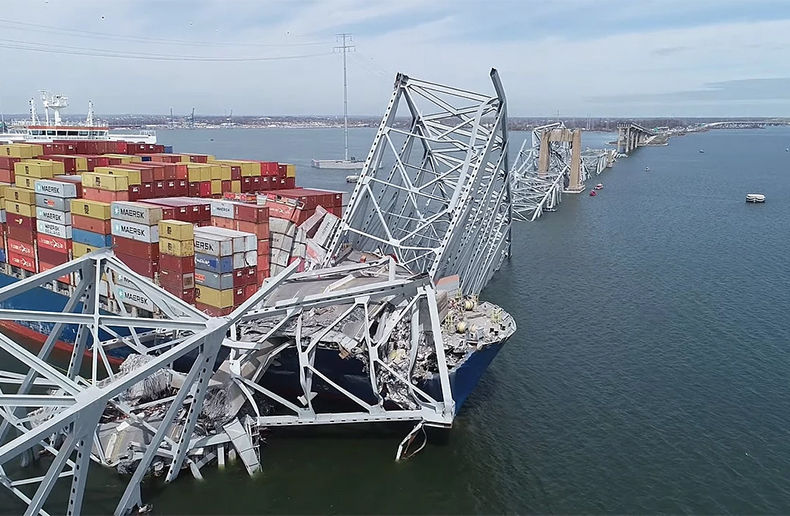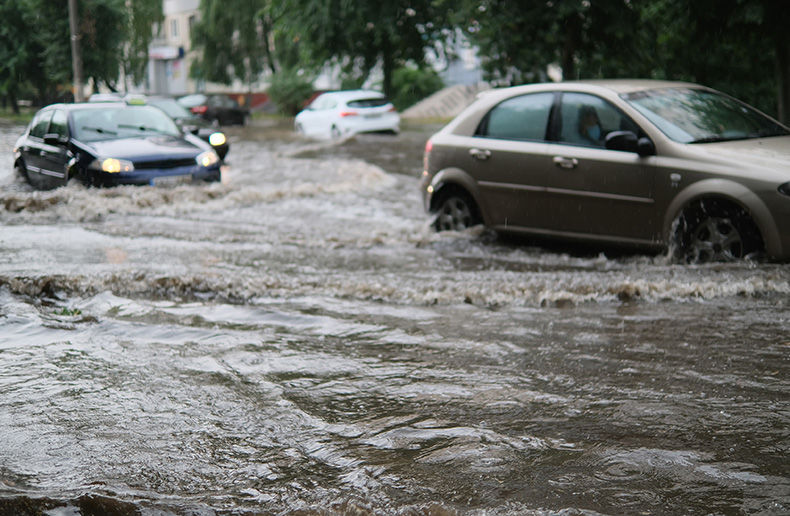Ratings agency AM Best has come out with a new note, entitled Stress Testing Can Improve Insurers’ Responses to New and Emerging Risks, where the firm’s associate directors of analytics argue that significant shocks, such as the COVID-19 pandemic and the Ukraine crisis, highlight the need for companies to engage in proactive stress testing.
The firm is talking about this now, they say, because companies are operating in a state of permacrisis or polycrisis. “Stress testing is one of those tools that allows companies to really think about, in this heightened period of uncertainty, how their company would fare should some off these emerging risks or actual risks materialize,” says AM Best’s associate director of analytics, Jessica Botelho-Young. “It’s a good sense check to understand how you would fare and what you can do in those stress scenarios.”
The company has launched a cyber questionnaire for the companies in its portfolio, as well. They say cyber is a growing line of business, with a number of the firm’s rated companies having an appetite for cyber exposure. “We needed to develop a formal rating tool to capture that cyber exposure,” says associate director of analytics, Valaria Ermakovva. “We’ve rolled out the cyber questionnaire, which we have sent out to all companies that we identified as top cyber underwriters in our portfolio.” The questionnaire covers cyber strategy questions, types of cover offered, whether the company uses third party insurance themselves, balance sheet questions and approaches the question of reverse stress testing.
Botelho-Young says reverse stress testing is an exercise wherein analysts figure out scenarios in which the company would fail.
“It’s quite complicated, and it really highlights the level of maturity of the company’s enterprise risks management function to be able to perform a high-quality reverse stress testing because, like we said, some of these things need to be non-correlated, so shocks on the investment side accompanied by catastrophe losses, to way out in the tail risk,” she says. “Some really out-of-the-box thinking for these things to happen, but (it’s) a useful exercise nonetheless to understand any potential gaps and vulnerabilities.
















